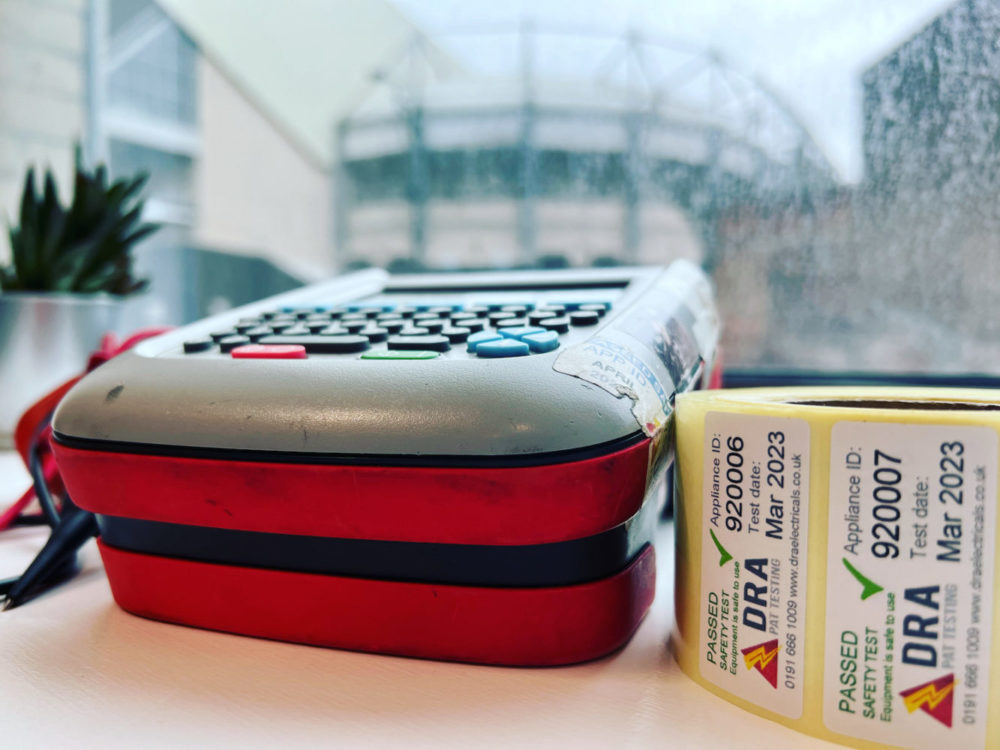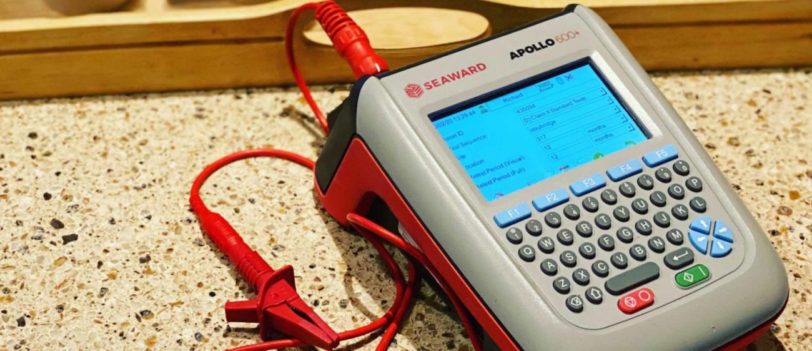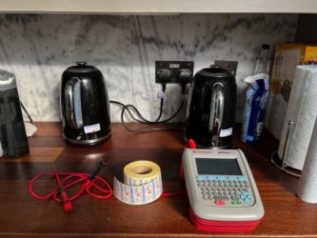What is PAT Testing?
PAT Testing is the abbreviated term given to the phrase “Portable Appliance Testing” which forms part of the process referred to as the ‘Inspection and Testing of In-Service Electrical equipment’. This practice was introduced to enable companies to comply with the Electricity at Work Regulations. To meet the EAWR regulations any company or organisation is required to have in place a program of inspections and safety testing of portable electrical appliances.
What is a Portable appliance?
Putting it simply, a portable appliance is any electrical appliance fitted with a plug; whether it be the standard 230v 3 pin plug we all have in our homes and offices, or the more specialised yellow, blue and red plugs we find on building sites and in industrial environments.
What legislations have an effect on PAT Testing?
Legislation relating to PAT Testing requirements include
- The Electricity at Work Regulations
- The Health & Safety at Work Act 1974
- The Management of Health & Safety at Work Regulations 1999
- The Workplace (Health, Safety and Welfare) Regulations 1992
- The Provision and Use of Work Equipment Regulations 1998
Do I need my portable electrical appliances tested?
To comply with the Electricity at Work Regulations all portable electrical appliances should be routinely inspected and tested by a competent person. The regulations apply equally to all sized of company and organisation. As well as inspections and testing regular maintenance should be carried out but few companies do this unless the PAT Test recommends it.
What electrical equipment needs to be tested?
The regulations cover all items of electrical equipment, this includes all movable items connected to the mains supply by BS1363 plugs, BS EN60309-2 industrial plugs or hard wired via a fused connection unit. In addition to being responsible for the safety of their own portable appliances, companies are also responsible for the safety of electrical equipment brought on site by employees and contractors.
The equipment that is hard wired wouldn’t usually be tested as part of the Portable Appliance Test.
How often do portable appliances need testing?
The frequency of PAT Testing is dependant on risk assessment by the company or organisation. This will vary depending on the type of appliance, its location, and its use. The Health and Safety Executive (HSE) and the Institute of Electrical Engineers (IEE) publish advise and guidelines such as in the IEE Code of Practice. DRA Electricals can help you with your assessments to establish a good PAT Testing schedule.
What does the PAT Test involve?
The process consists of two separate activities; A visual inspection by the engineer to check for damage and maintenance requirements and a series of electrical tests run by a PAT Testing machine for more internal faults in the system of the appliance.
How can DRA Electricals help?
We can ensure that your organisation complies with the safety regulations by working with you on risk assessments, scheduling and carrying out your PAT Testing.



